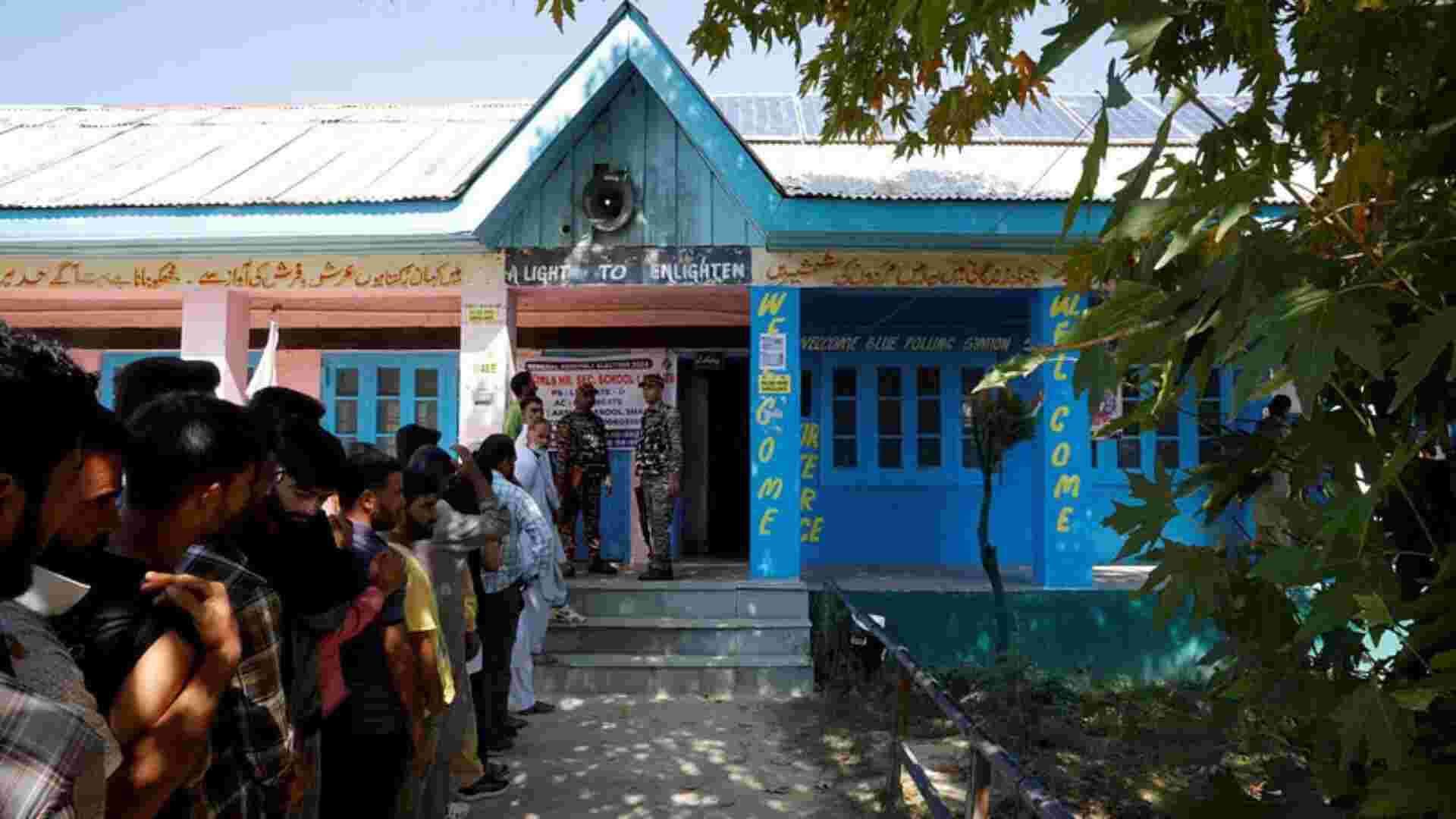Low voter turnout in Jammu and Kashmir reflects voters prioritising local issues in their decisions.
New Delhi: As voting concludes in Jammu and Kashmir, the electorate has cast their ballots with a focus on local issues that they feel have not been adequately addressed during the governor’s rule. The contesting candidates, in 90 Assembly seats, have also picked up affairs concerning the betterment of the voters. A political researcher based in Kashmir, Mushtaq Ul Haq Ahmad Sikander said, “The low voting percentage in Srinagar and many parts of Kashmir, brings forward the fact that people have different preferences while voting. The trends across India depict that those with decent income are not bothered about who comes to power. So, they prefer not to join the electoral process as voters. Same is in the case of Kashmir.”
“Those who want genuine issues to be addressed like roads, electricity, clean water and unemployment, apart from the bigger issues such as the issue of statehood have voted in droves. Therefore, most political parties and candidates chose to address the local issues which can yield them more vote count. Moreover, in Kashmir, a negligible minority votes on personality cult or ideology.”
A voter turnout of 69.65% was recorded in the third and final phase of voting in Jammu and Kashmir Assembly election on Tuesday in which 40 seats went for polls, out of which 16 Assembly seats are from Kashmir division and 24 from Jammu. Apart from that, in the recently held parliamentary polls, the turnout in the seven districts that went to polls in the final phase on Tuesday was recorded at 66.78%. Udhampur district in Jammu recorded 76.09% turnout while Baramulla in Kashmir recorded 61.03% turnout on Tuesday.
The first phase of voting was held on September 18, which saw a voter turnout of 61% and in the second phase on September 25, the approximate voter turnout recorded was 57.3%, according to poll panel data. In the first phase of election, the voting figure was high. The turnout for the 24 constituencies across seven districts where polls were held, according to figures from the Election Commission, was 61.13%, lower than the record figure of 2014, which was 66%. In the second phase of the election, a voter turnout of 56% was recorded — lower than 57.31% of 2014. A political observer said, “In 2014, people wanted to vote out National Conference, and therefore they saw a drop of 13 seats from 28 which they had won in 2008. There was also a drop of 2% votes from around 22%. This time people in Kashmir have voted not only against the BJP, but also to have a political representative which they have been wanting from the last six years.”
According to the J&K CEO, the overall poll percentage in the Assembly polls is far better than 57.89% recorded in the recently concluded Lok Sabha elections, and 61.01% in 2008 Assembly elections. According to Election Commission (EC) data, the overall polling percentage in the three phases was 63.45%. Srinagar recorded 30.08% polling in this election, compared to 24.83% in Lok Sabha polls, 27.75% in 2014 Assembly elections and 21.57% in the 2008 Assembly polls.

